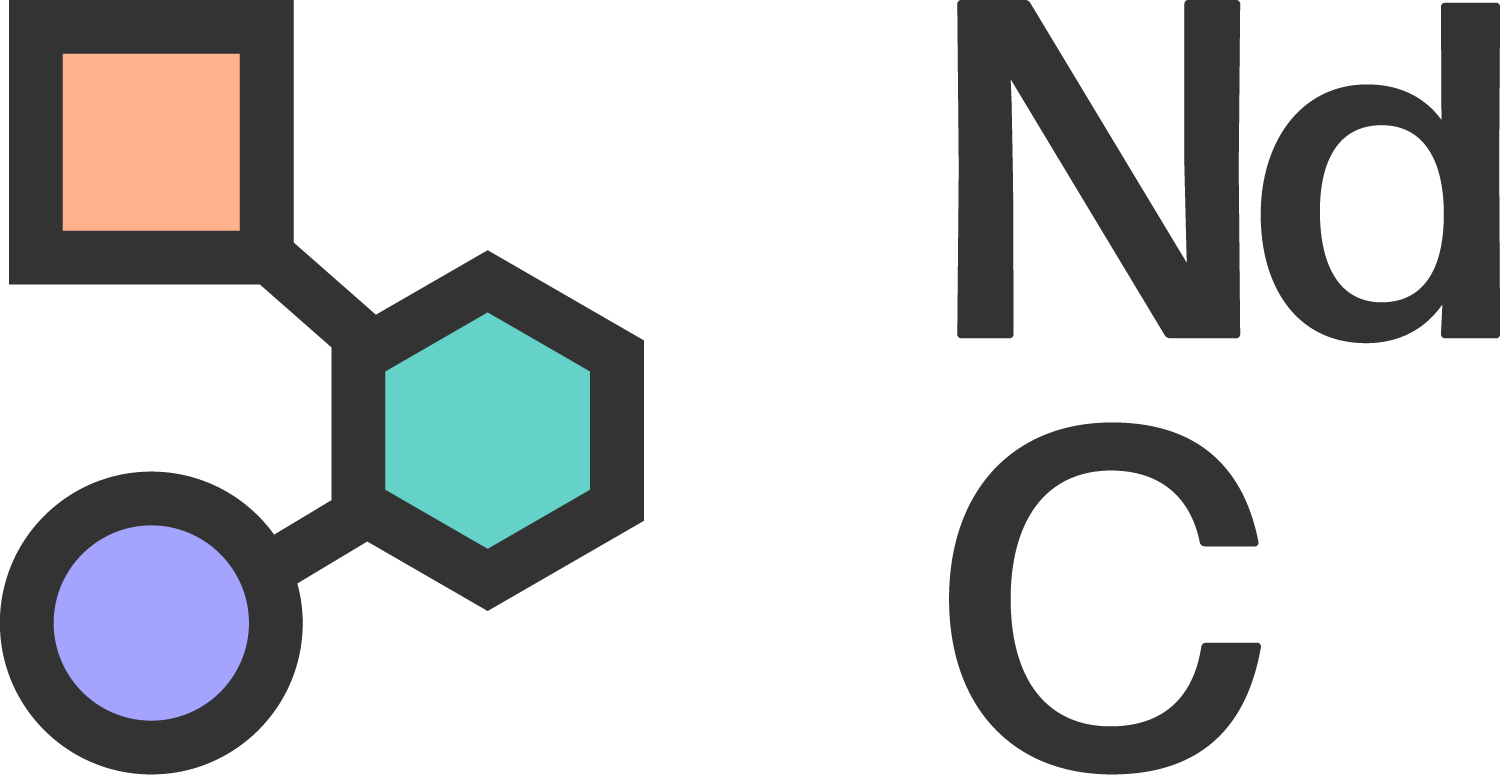Beyond Mind: The Embodied Double Empathy Problem
Released today, June 9th, Dr Damian Milton’s latest book ‘The Double Empathy Reader: Exploring Theory, Neurodivergent Lived Experience and Implications for Practice’ includes a chapter from Neurodiverse Connection Founder and Director, Jill Corbyn, and Development Lead, Kay Louise Aldred.
In celebration of the book’s launch, Kay Louise Aldred reflects on her and Jill’s chapter topic: the double empathy problem from an embodied perspective.
When we talk about empathy, we often imagine it as a meeting of minds, an intellectual bridging that enables effective communication and understanding between people. But what if empathy, the bridge needed, and the misunderstanding to be overcome, is just as much a bodily experience as it is a mental one?
In Chapter 23 of Dr Damian Milton’s newly published ‘The Double Empathy Reader: Exploring Theory, Neurodivergent Lived Experience and Implications for Practice’, Jill Corbyn, Founder and Director of Neurodiverse Connection, and I invite you to shift your perspective. Titled ‘Beyond Mind: The Embodied Double Empathy Problem’, our chapter in Milton’s Reader explores how embodied experiences, how we sense, feel, and regulate through our nervous systems, can create barriers to understanding in Neurodivergent and neurotypical relationships, particularly within inpatient mental health services.
The chapter builds on Damian Milton’s Double Empathy Problem, which reframes misunderstandings between Autistic and non-Autistic individuals as two-way. Traditionally, empathy has been viewed through a neurotypical lens, often placing the ‘problem’ within the Autistic person. In our chapter, we push this further, arguing that the disconnect isn’t just cognitive or communicative, it’s also embodied. And this embodied divide, we suggest, is even more pressing and often overlooked in inpatient environments where neurodivergent people are disproportionately represented.
Through both research and lived experience, we show how sensory sensitivity, emotional regulation, and even the ability to feel safe in one's body differ across neurotypes. For instance, where a neurotypical staff member may not register environmental stressors like harsh lighting or background noise, these same factors might overwhelm an Autistic patient, activating fight, flight, or freeze responses that are then misinterpreted as behavioural issues.
“Traditionally, empathy has been viewed through a neurotypical lens, often placing the ‘problem’ within the Autistic person.”
Why was this chapter needed? Because current approaches to care, particularly in institutional settings, still lean heavily on mind-first, top-down models, including verbal communication, cognitive behavioural therapies, and compliance-focused strategies. These approaches often lack effectiveness for those whose distress is rooted in dysregulation and disconnection from their bodies.
Instead, we advocate for an embodied, relational model of care: one that prioritises nervous system regulation, co-regulation, and the creation of safety through connection. We explore ideas and tools such as the Polyvagal Theory, the concept of the window of tolerance, and somatic practices that help individuals understand and restore regulation and embodied safety.
One of the chapter’s most powerful takeaways is the idea that dysregulation is an automatic and adaptive nervous system survival response to a threat in the environment, not dysfunction; it’s an unmet need. When understood through this lens, actions like stimming, shutdowns, or meltdowns are not behaviours to manage but signals of distress to be interpreted with compassion.
Our chapter is a call to action. It encourages mental health practitioners, educators, and support workers to look beyond external appearances, to develop nervous system literacy, and to see co-regulation as a foundational skill for their practice. It also offers practical frameworks and activities to help bridge embodied differences in real-world care environments.
Ultimately, ‘Beyond Mind: The Embodied Double Empathy Problem’ is a vital contribution to the growing body of Neurodivergent-affirming practice. It encourages us to ask: what if the route to empathy and providing care is not more talking, but more listening; to the body, to felt and internal experience, and to the unspoken ways we communicate safety and connection?
Want to find out what we wrote?
Read ‘Chapter 23: Beyond Mind: The Embodied Double Empathy Problem’ by Jill Corbyn and Kay Louise Aldred in Dr Damian Milton’s ‘The Double Empathy Reader: Exploring Theory, Neurodivergent Lived Experience and Implications for Practice’.
Available to order now, ‘The Double Empathy Reader’ brings together a substantial collection of work from leading researchers, theorists, and practitioners, with first-hand accounts of Neurodivergent people, to explore this growing area of study within the neurodiversity movement.

